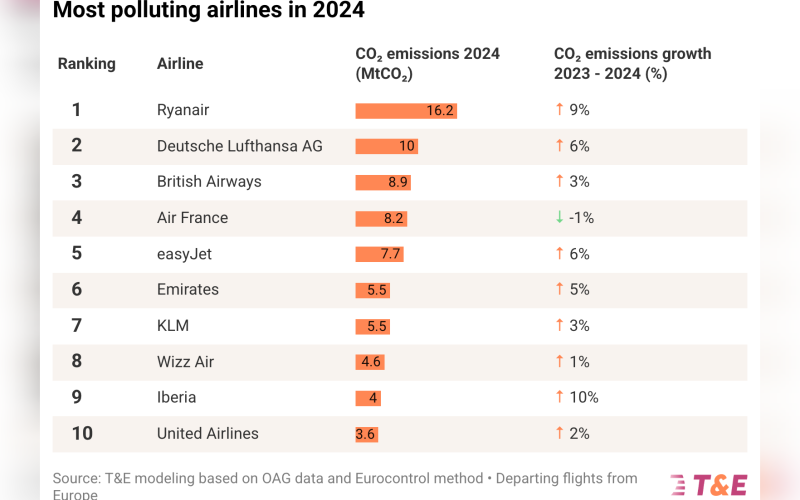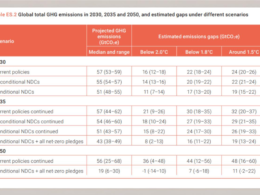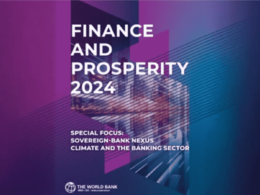Emissions from European aviation have almost returned to pre-pandemic levels, with flights within Europe surpassing 2019 figures, according to a new study by Transport & Environment (T&E). The findings raise fresh concerns over the effectiveness of the EU’s carbon market (EU ETS) in addressing the environmental impact of the sector, amid signs of climate backtracking by airlines.
In 2024, the European aviation sector reached 96% of its 2019 flight numbers and 98% of its emissions. Low-cost carriers have continued to expand their dominance, even within the traditionally flagship-dominated extra-European market, the study shows. Ten airlines accounted for 40% of all aviation emissions in Europe last year, with Ryanair (16 Mt CO₂), Lufthansa (10 Mt CO₂), and British Airways (9 Mt CO₂) topping the list of polluters.
More than 8.4 million flights departed from European airports in 2024, producing 187.6 Mt of CO₂. Intra-European flight emissions have now exceeded pre-COVID levels, with emissions from extra-European flights following a similar trajectory.
“Aviation emissions are spiralling out of control,” said Krisztina Hencz, Aviation Policy Manager at T&E. “To add insult to injury, the sector continues to dodge the true cost of its pollution, making a mockery of airlines’ pledges to build back greener after COVID. If Europe continues down this path, ‘green’ aviation will remain a figment of people’s imaginations. Next year’s review of EU carbon markets is a chance to rectify a loophole and ensure airlines pay for the true cost of their pollution.”
The study also highlights that the highest-emitting routes in 2024 were all intercontinental, led by London–New York. These emissions are currently unpriced under the EU, Swiss, or UK carbon markets, which only cover intra-European flights. As a result, airlines were not required to pay for emissions on the most polluting routes. T&E estimates that up to 70% of aviation-related CO₂ emissions remained unpriced last year.
The forthcoming review of the EU ETS offers an opportunity to address this significant gap by extending the system’s scope to include all flights departing from Europe. However, the move comes amid growing resistance from airline executives, who are lobbying the EU to weaken its carbon pricing measures.
T&E argues that extending the ETS to cover extra-European flights could generate substantial revenues to fund green technologies. The organisation estimates that a broader ETS could have raised an additional €7.5 billion in 2024 if all extra-European emissions had been priced.
Instead, many airline leaders are promoting the global aviation offsetting scheme CORSIA, which T&E criticises for being significantly cheaper—up to 23 times less costly than EU carbon pricing—while providing little financial support for sustainable aviation fuels (SAFs) or the development of electric and hydrogen aircraft.
“Relying on CORSIA to cover international emissions from aviation is a false economy,” Ms Hencz added. “It is by far the worst option, both environmentally and financially. An extended EU ETS would deliver the greatest positive impact for European economies and achieve the largest environmental benefits.”





















